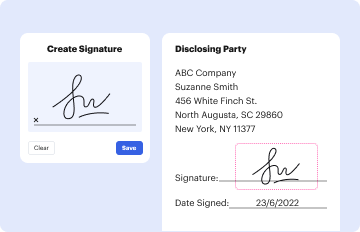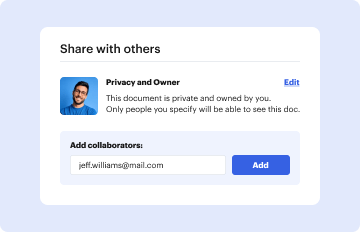Definition and Meaning of the Sample Walkthrough Template
The sample walkthrough template is a structured document designed to facilitate observations and evaluations of classroom dynamics, teaching effectiveness, and student engagement. It serves as a guide for observers, such as administrators and instructional coaches, to systematically assess various aspects of educational environments. The template typically includes sections for assessing class organization, student engagement levels, instructional strategies, and integration of learning styles, ultimately contributing to improved educational outcomes.
This template can take different forms—ranging from detailed checklists to open-ended observation notes—allowing flexibility depending on specific observation goals. By providing a standardized framework, the sample walkthrough template ensures that all essential elements are considered and documented, paving the way for constructive feedback and informed decision-making in educational settings.
How to Use the Sample Walkthrough Template
Using the sample walkthrough template effectively involves several key steps that enhance observation quality and coverage:
-
Preparation: Familiarize yourself with the criteria and key metrics outlined in the template. Understanding what to look for ensures a more focused observation.
-
Observation: During classroom visits, use the template to guide your evaluation. Record observations in each relevant section, noting specific examples that align with the template’s prompts.
-
Feedback Compilation: After the observation, compile the notes and reflections. Highlight areas of strength and those needing improvement based on your observations.
-
Discussion with Educators: Share your findings with the observed educators. Engage in a constructive conversation around the observed practices and how they relate to the framework established in the template.
-
Follow-Up: Schedule a follow-up to assess progress based on the feedback provided, leveraging the sample walkthrough template to monitor improvements over time.
Key Elements of the Sample Walkthrough Template
Several essential elements make the sample walkthrough template a powerful tool for classroom assessment:
-
Sections for Specific Metrics: Include categories for classroom management, instructional quality, student engagement, differentiation, and assessment strategies. This allows for a holistic view of the classroom environment.
-
Clear Rating Criteria: Implement a system for rating observed actions, such as rubrics ranging from exemplary to needs improvement. These criteria help observers quantify their evaluations.
-
Open-Ended Commentary Fields: Provide space for detailed comments that explain the reasoning behind ratings, offering context to observations.
-
Action Planning Space: Include a section dedicated to suggested next steps based on the observations. This encourages practical application of findings.
-
Checklist Format: Use checklist items for quick assessments of distinct activities and behaviors. This simplifies data gathering during observations.
Examples of Using the Sample Walkthrough Template
Real-world applications of the sample walkthrough template illustrate its versatility and effectiveness in educational settings:
-
Principal Observations: A school principal uses the sample walkthrough template during classroom visits to assess instructional strategies and student engagement. By completing the template after each visit, they can identify trends across different teachers and classes.
-
Peer Observations: In a professional development setting, teachers take turns observing each other's classrooms. Using the sample walkthrough template, they provide mutual feedback, which serves to enhance teaching practices and foster collaboration.
-
Instructor Self-Assessment: Educators may utilize the template as a self-assessment tool. By completing the template for their classes, they can reflect on their practices objectively and identify areas for personal growth.
Important Terms Related to the Sample Walkthrough Template
Familiarizing oneself with key terms enhances the effective use of the sample walkthrough template:
-
Classroom Management: Strategies employed by educators to maintain a productive learning environment.
-
Instructional Strategies: Methods and techniques used to deliver educational content effectively.
-
Student Engagement: The level of interest, enthusiasm, and involvement students exhibit in the learning process.
-
Differentiation: Tailoring instruction to meet the diverse needs and learning styles of students.
-
Feedback Mechanism: Systems put in place for providing constructive criticism and support based on observations.
Steps to Complete the Sample Walkthrough Template
Completing the sample walkthrough template involves a systematic approach that ensures thorough assessment. Follow these steps for successful implementation:
-
Select the Observation Focus: Determine which aspects of the classroom you will concentrate on during the observation.
-
Prepare the Template: Print or access the digital version of the template, ensuring it is easily accessible during your observation.
-
Conduct the Observation: Spend time in the classroom, utilizing the template to record observations systematically.
-
Fill Out the Template: As you observe, fill in each section of the template according to what you see, using scoring or checklists where applicable.
-
Review Your Notes: After the observation, go over your comments to ensure they are clear, comprehensive, and supportive of the observed educator.
-
Compile Feedback: Summarize your observations and format them into coherent feedback to be discussed with the educator in question.
This step-by-step process not only standardizes observations but also fosters a culture of continuous improvement within educational environments.



